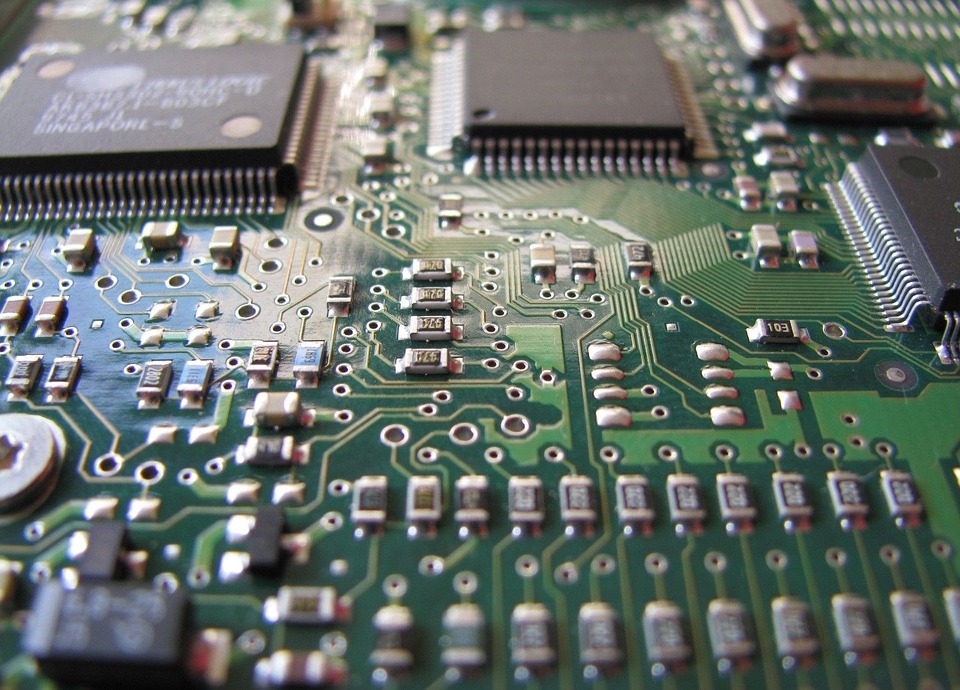
MIL
MIL-STD-750: Test Methods for Semiconductor Devices
Standard Overview
MIL-STD-750 defines testing methods for the environmental, physical and electrical testing of semiconductor devices utilized in military and aerospace electronic systems. The methods and procedures throughout the standard cover basic environmental, physical and electrical tests to assess resistance to deleterious effects of natural elements and conditions surrounding military and space operations. For this standard, the term "devices" includes such items as transistors, diodes, voltage regulators, rectifiers, tunnel diodes, and other related parts. This standard is intended to apply only to semiconductor devices.

The test methods and procedures described in the various parts of this multipart test method standard have been prepared to serve several purposes:
a. To specify suitable conditions obtainable in the laboratory that give test results equivalent to the actual service conditions existing in the field and to obtain reproducibility of the results of tests. The test methods described by this standard are not to be interpreted as an exact and conclusive representation of actual service operation in any one geographic location since it is known that the only true test for operation in a specific location is an actual service test at that point.
b. To describe, in a series of standards, all of the test methods of a similar character which now appear in the various joint-services semiconductor device specifications so that these test methods may be kept uniform and thus result in conservation of equipment, man-hours, and testing facilities. In achieving this objective, it is necessary to make each of the general test methods adaptable to a broad range of devices.
c. The test methods described by this standard for environmental, physical, and electrical testing of semiconductor devices shall also apply, when applicable, to parts not covered by an approved military sheet-form standard, specification sheet, or drawing.
Download Standard (Basic Method)

The test methods and procedures described in the various parts of this multipart test method standard have been prepared to serve several purposes:
a. To specify suitable conditions obtainable in the laboratory that give test results equivalent to the actual service conditions existing in the field and to obtain reproducibility of the results of tests. The test methods described by this standard are not to be interpreted as an exact and conclusive representation of actual service operation in any one geographic location since it is known that the only true test for operation in a specific location is an actual service test at that point.
b. To describe, in a series of standards, all of the test methods of a similar character which now appear in the various joint-services semiconductor device specifications so that these test methods may be kept uniform and thus result in conservation of equipment, man-hours, and testing facilities. In achieving this objective, it is necessary to make each of the general test methods adaptable to a broad range of devices.
c. The test methods described by this standard for environmental, physical, and electrical testing of semiconductor devices shall also apply, when applicable, to parts not covered by an approved military sheet-form standard, specification sheet, or drawing.
Download Standard (Basic Method)
MIL-STD-750F Numbered Part Test Methods
The most recent revision of MIL-STD-750, MIL-STD-750F, has been issued in six parts: the basic test method standard and five numbered parts focused on each section of MIL-STD-750 test methods. The five numbered parts correspond to the following test methods:| Test Method | Purpose | MIL-STD-750 Test Methods Included | |
|---|---|---|---|
| MIL–STD–750–1 | Environmental Test Methods For Semiconductor Devices | Test Methods 1000 - 1999 | View |
| MIL–STD–750–2 | Mechanical Test Methods For Semiconductor Devices | Test Methods 2001 - 2999 | View |
| MIL–STD–750–3 | Electrical Characteristics Tests for Bipolar, MOSFET, and Gallium Arsenide Transistors | Test Methods 3000 - 3999 | View |
| MIL–STD–750–4 | Electrical Characteristics Tests for Diodes, Microwave Diodes, Thyristors, and Tunnel Diodes | Test Methods 4000 - 4999 | View |
| MIL–STD–750–5 | High Reliability Space Application Test Methods For Semiconductor Devices | Test Methods 5000 - 5999 | View |
Products Used in Testing

Teseq NSG 438 ESD Gun
- Voltage: 30kV
- Contact Discharge: 200V - 30kV
- Air Discharge: 200V - 30kV


EM Test ESD NX30 | 30 kV
- Test voltage up to 30 kV for air and contact discharge
- Color touch display
- Discharges up to 25 Hz


Haefely ONYX 30
- Voltage: 30kV
- Air Discharge: 1kV - 30kV
- Contact Discharge: 1kV - 30kV


Temptronic TPO4310A Thermal Inducing System
- User Control from the front panel function keys and intuitive menus or via remote interface ( IEEE-488, RS232, ST/EOT)
- Two modes of operation: Operator Mode: Test and cycle at Hot/Ambient/Cold temperatures Cycling Mode: Utilize up to 12 thermal cycling sequences, "Smart Tuning" and other advanced
- Operator Mode: Test and cycle at Hot/Ambient/Cold temperatures
